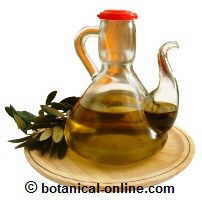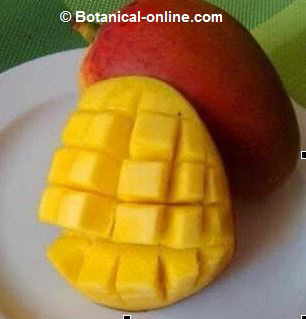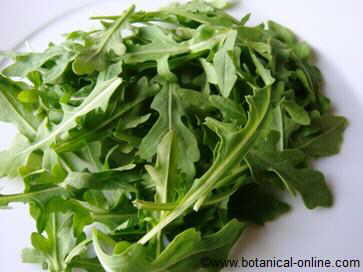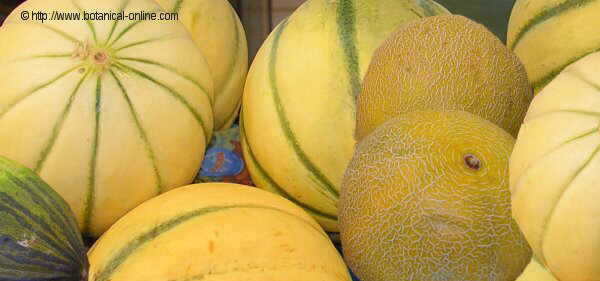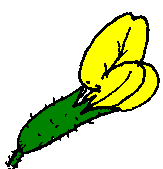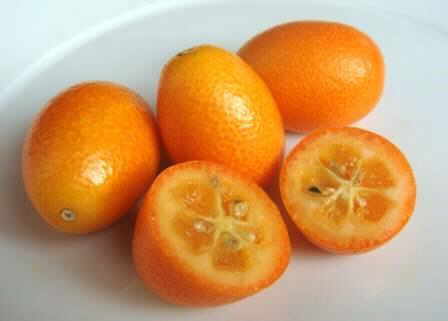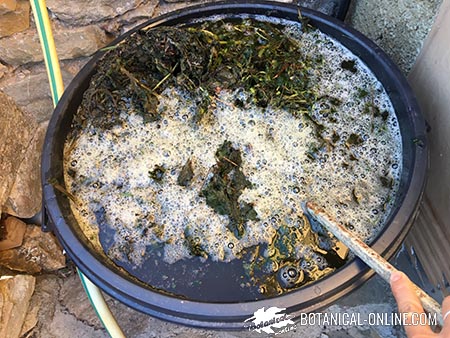Contents
Botanical description and composition of triticale
Common name: triticale. Its name first appeared in 1935 in Germany, and it is the result of the roots of the genera Triticum sativum L. (wheat) and Secale cereale L. (rye).
Scientific name: x Triticosecale Wittmack. It is expressed with an “x” because triticale is a man-made plant that results from the crossing (“x”) between two species of the same family, wheat and rye, called in Latin Triticum and Secale, respectively.
Synonim: Triticum x Secale Wittmack.
Family: Gramineous or Poaceae
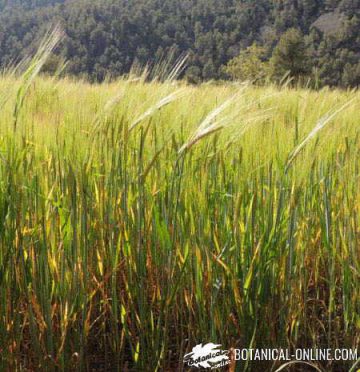
Habitat: In grows in clayey soils and subtropical climates, moderately temperate and moderately cold. It has special resistance to acidic soils, inherited from rye. The most appropriate is an annual rainfall of 229 to 762 mm, the average temperature in the summer should be 13 ° C or higher.
Botanical characteristics of triticale
Triticale stands out for being the first cereal man-made cereal, obtained by crossing wheat and rye at the end of the 19th century.
This cereal was created in order to combine quality, productivity and disease resistance of wheat, and the vigor and resistance to adverse climatic conditions of rye.
The morphology of triticale is very variable, as there are many trademarks. For any particular variety, it is recommended to consult directly the commercial house. Broadly speaking, there are more wheat-like triticale types and others similar to rye plants.
Triticale is usually taller and more vigorous than wheat, measuring between 90 centimeters and 1.55 meters, although it is increasingly sought to obtain species of triticale of low height through hybridizations with dwarf wheat species. Its stem is long, resistant to tending and hollow, cane-shaped and with structural nodes typical of all grasses. It has tillering capacity, although smaller than the wheat, reason why it is necessary to increase the dose of seeds in sowing.
What is the stem of triticale like?
This stem is built from fasciculate roots, such as wheat and rye, although more developed than wheat, being able to reach more depth, which allows it to grow in extreme climates, such as rye.
Its leaves are thick, large and longer than those of wheat. The ligule is pronounced and semi-dentated. Auriculas are semi-hugging and hairless (cilia). Leaves are very dark bluish green, although it can vary in shade according to variety.
The area of the stem close to the inflorescence is pubescence or hairiness. The inflorescence is a semi-compact spike that can measure from 10 to 14 centimeters. It is white or yellow in color, slightly curved at maturity and with beards.
What is the grain of triticale like?
The grain is elongated in shape, traversed over its entire length by a furrow, similar to rye although slightly smaller in size. It is yellowish-brown in color and is characterized by a roughness on the cover that differentiates it from wheat and rye grains. This roughness is the folds of the outer pericarp of the grain produced by the shrinking of the grain. The problem is not only aesthetic, due to the poor appearance of the grain that undermines its commercial quality, but also causes poor grinding performance. Therefore, efforts have been made to genetically correct the new varieties of triticale.
The glume or outer coatings of the grain are easily detached from the grain during the threshing process, so triticale is considered a bare caryopsis cereal. (the same as the caryopsis of wheat and rye; and unlike oats, dressed caryopsis ).
The structural layers of the triticale caryopsis are the pericarp (outer covering) and the seed (formed by the nuclear epidermis, the endosperm and the germ).
* Related information: Triticale characteristics / Nutritional value of triticale
![]() More information on triticale
More information on triticale

